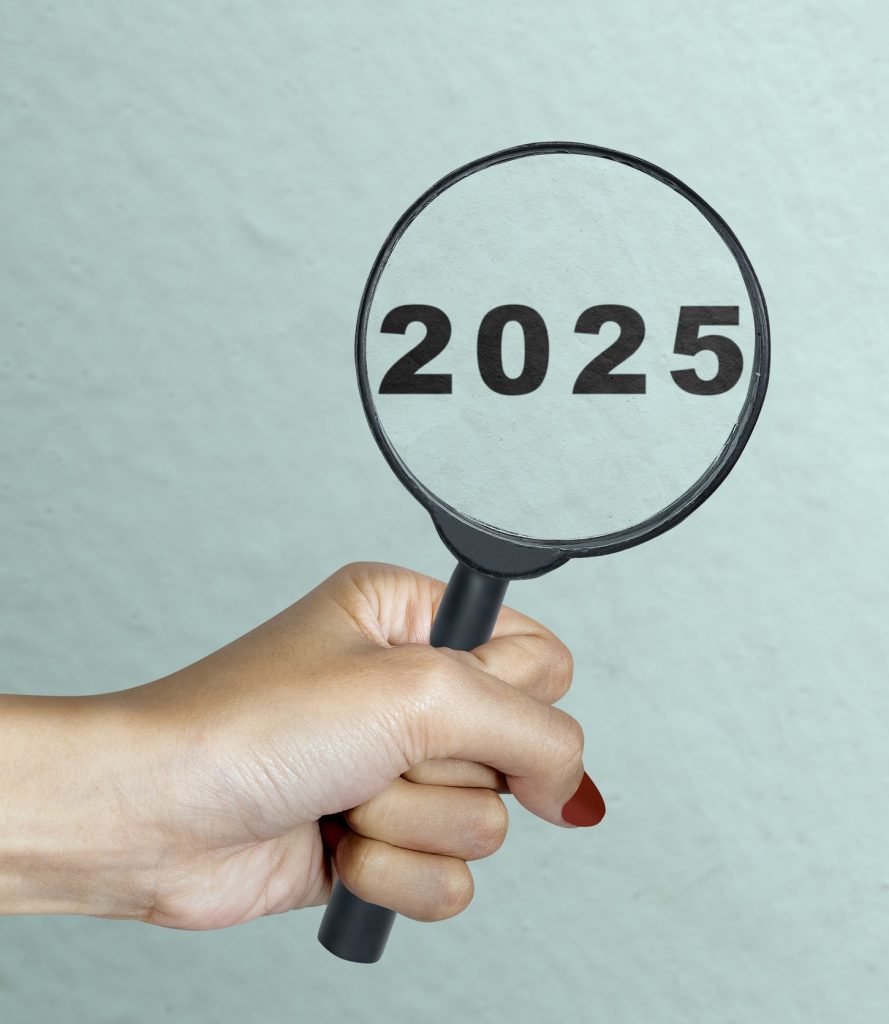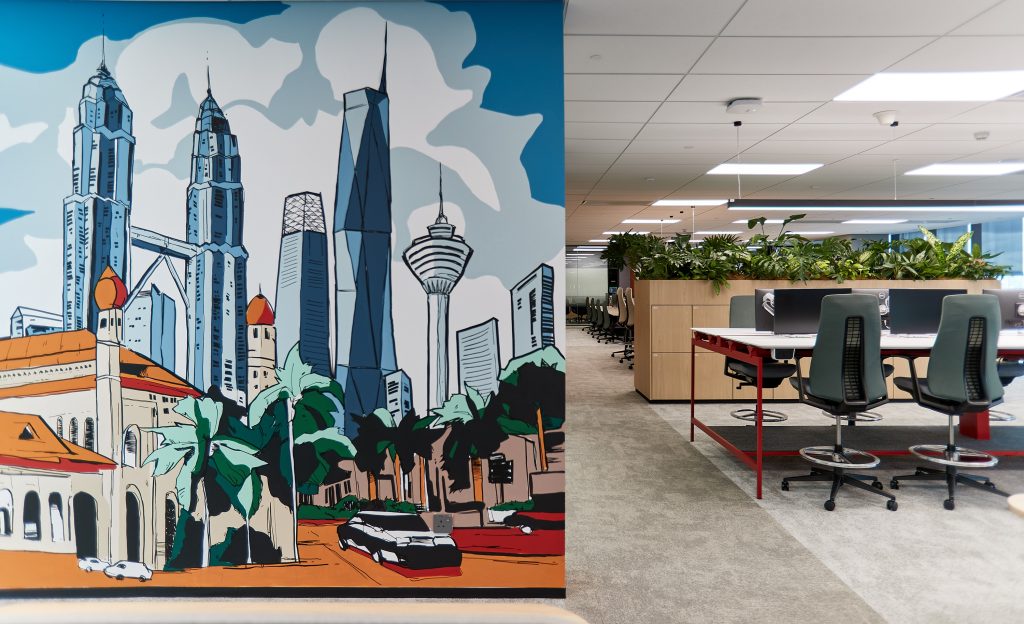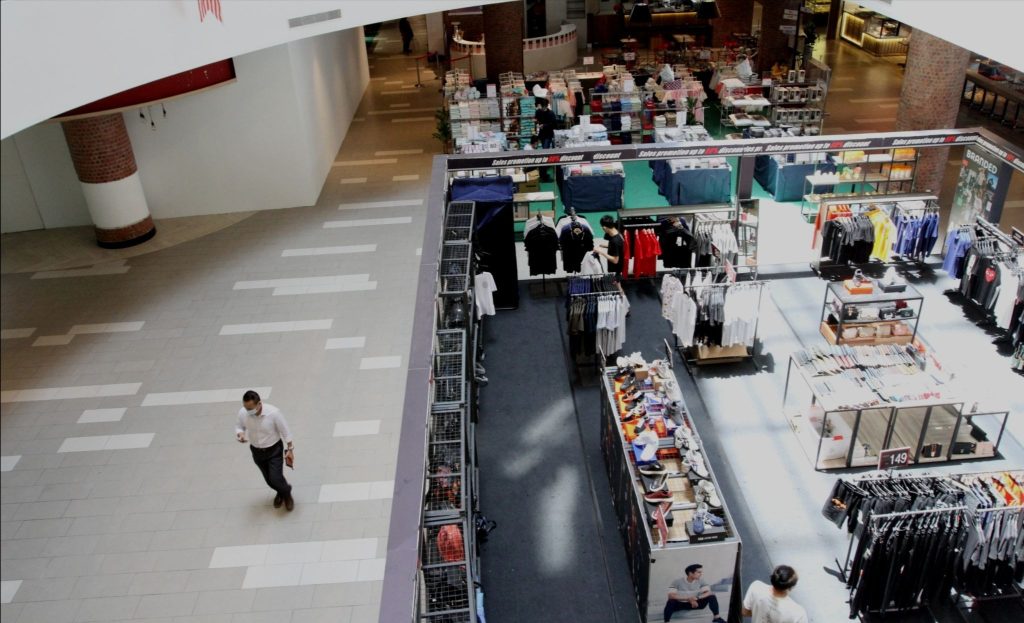You could save during HOC 2019, but that seemingly large sum of money could also be the amount you’ll spend on the additional hidden costs of homeownership
Property hunters have been taking advantage of the National Home Ownership Campaign 2019, even more so now that it has been extended to 31st December 2019. Many housing organisations and property developers have been advertising and organising events to promote the various incentives that homebuyers could enjoy — including discounts, fee waivers, and free furnishing. Yes, you could save tens of thousands during HOC 2019, but that seemingly large sum of money could also be the amount you’ll spend on the additional hidden costs of homeownership. Is your wallet ready for that?

My wallet is kind of shy... and unfulfilled. Photo by Henry Boulind on Unsplash.
First-time buyers often think they are ready to sign on the dotted line when they find their savings and income are enough to make the down payment and monthly loan instalments of their purchase. However, this is a major mistake of underestimating the affordability of a property before they make a purchase. In most cases, it is the lack of knowledge regarding the hidden costs that cause complications.
-
Property Assessment Tax (Cukai Taksiran)

Photo by Omar Elsharawy on Unsplash.
Property Assessment Tax is imposed on every household to finance the construction and maintenance efforts of various public infrastructure around the property, town or city. In other words, the property taxes are used to cover the cost of cleaning and maintaining drains, road works to repair potholes, replacing broken street lamps and so on. The tax is payable to the local council of the area your property is located in.
The tax is calculated based on the annual rental value of the property, which is then multiplied by a fixed rate. The fixed rate varies between the different local councils and is dependent on the different classifications of property types. As an example, DBKL fixes low-cost flats at 2% and luxury serviced residences at 9%.
Here’s an example calculation of a Serviced Apartment with a fixed rate of 7% per year:
- Annual rental value = RM24,000
- Property Assessment Tax = RM24,000 × 7 % = RM1,680 per year
-
Quit Rent (Cukai Tanah)
Under the National Land Code, it compulsory for owners of all types of properties (landowners, either freehold or leasehold and homeowners of apartments, condominiums and other property that under strata titles) to pay quit rent annually to the relevant Land Office. The rates of quit rent may vary between each state and even within the same state.
Let’s take a house measuring 40 feet by 70 feet, or 2,800 square feet (sf), as an example:
- Rate of Quit Rent per year = RM0.035 per square foot (psf) per year
- Amount of Payable Quit Rent per year = RM0.035 × 2,800sf = RM98 per year
-
Maintenance Fee and Sinking Fund
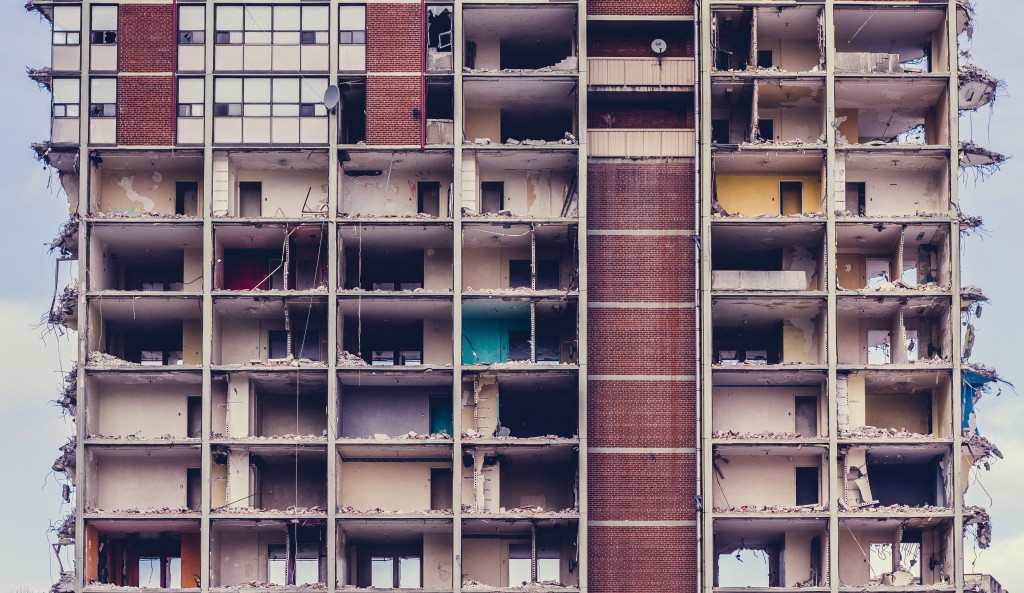
This is your strata property without a sinking fund. Photo by Matthew Henry on Unsplash.
Many are unaware why these charges matter, so understanding how a sinking fund and maintenance fees both work is an important step to take before purchasing a high-rise or strata property.
The maintenance fee provides for on-going repairs and upkeep around the property. It covers aspects of property management like security, gardening, repairing common areas, electricity for common areas and cleaning services. This includes the management and administration team that oversee the items above. Collection of maintenance fees are bound under law, notably the Strata Management Act 2013.
On the other hand, a sinking fund is a shared pot of funds prepared for future large scale expenditure such as major works on a building, repainting on the entire place, replacement of the main water tank, etc. Think of this as money you’ve got saved up for a rainy day. The sinking fund is kept in a separate account to maintenance fees and generally charged as a percentage of the overall maintenance fees you pay. Charges for the sinking fund is set at 10% of the total cost of the maintenance fees. That means if you’re in an expensive complex with high maintenance fees, your sinking fund will be higher as a result.
Always ask the property developer or the agent how much will the future maintenance fees and sinking fund be. Then you’ll be able to properly estimate your true monthly commitment.
For example:
- House instalment: RM2,800
- Maintenance Fees: RM400
- Sinking Fund: RM40
- Total commitment per month: RM3,240
Now that you’ve realised that you’re going to pay RM3,240, not RM2,800 only, the decision to purchase that property becomes more serious. Also, do note that maintenance fees and sinking funds will have high chances of increasing in the future, rather than decreasing.
-
Renovation and Furnishing

"Feels like something's missing..." Photo by Philipp Berndt on Unsplash.
Before moving into your new home, you’ll definitely want to renovate and furnish your new home. The cost for this certainly varies but they are unavoidable. Most new houses or apartments in Malaysia don’t even come with lights – but at least there is sanitary ware and a kitchen sink! So do expect to spend at least one month’s salary just getting the basics. An alternative that many have chosen, is to take out a personal loan to fund the renovation and furnishing. A personal loan could be less stressful on your finances as it works on a fixed interest rate that is much lower than credit cards.
Read on about how to control costs while renovating and decorating your home.
-
Home Insurance
Home and contents insurance is essential and can help you cover a wide range of disasters such as fire, theft, natural disasters, and even the loss of rental income. You could say this is almost as important as life insurance – since your whole financial life could very well be in your home. There are many different types of home insurance and keep in mind that the insurance coverage is not on the value of the property but rather for the cost of reconstructing it and replacing its contents. The option to have comprehensive coverage for your house, you and your family, plus the contents, is available by buying a house owner policy and a householder policy.
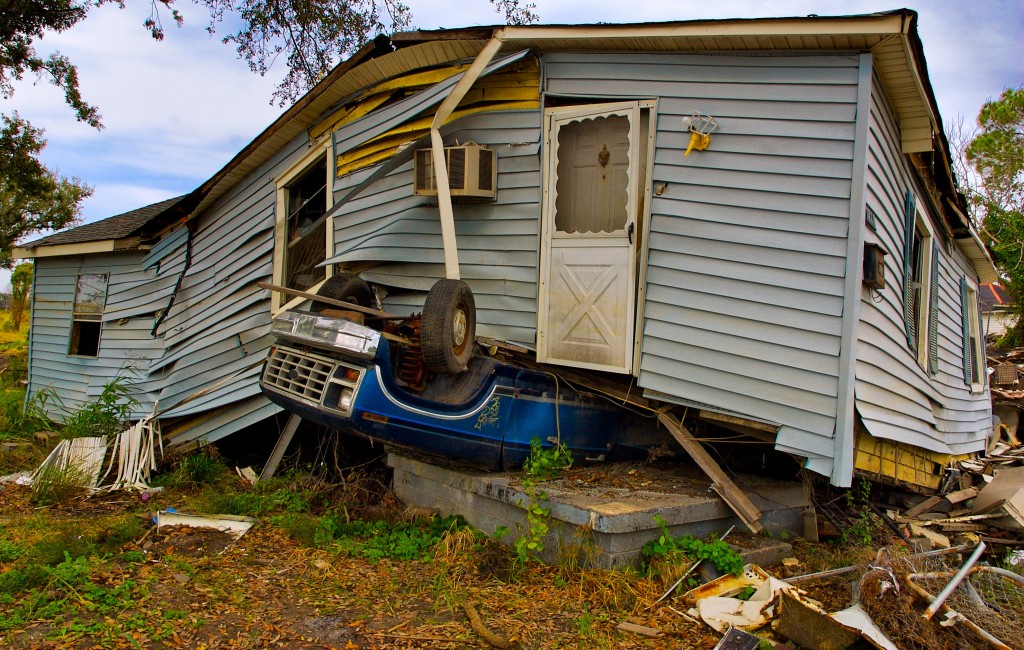
"Technically, the car is inside the house now, so that makes it part of the "contents"... right?" Photo by John Middelkoop on Unsplash.
It’s a serious financial endeavour to purchase a home but also to run a household. For the sake of your financial health, carefully consider both the one-time costs and reoccurring costs before you sign on the dotted line.
The original version of this article was published by CompareHero.my, a site dedicated to increasing financial literacy and helping you save time and money by comparing credit cards and personal loans in Malaysia.
Ever wondered what you're worth to banks? Find out here.



